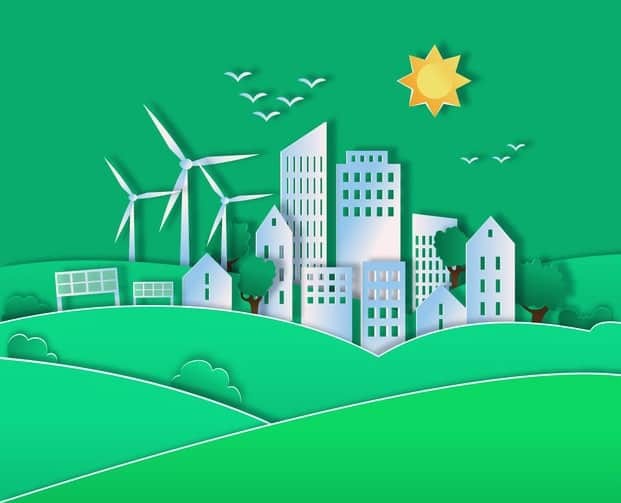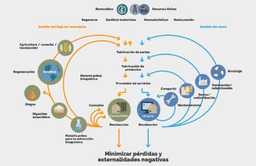In 2017, after consultations between PAGE Peru, the Ministry of the Environment of Peru (MINAM) and various economic sectors, the EU-financed project “Inclusive Green Economy Policymaking for SDGs: from Implementation to Evaluation” was set in motion, with co-financing from PAGE. UNEP’s Integrated Green Economy Modelling (IGEM) Framework was used to simulate the increase in energy efficiency over periods of time and support the objectives and integration of National Determined Contributions (NDC) in Peru.
The IGEM links a Computable General Equilibrium Model and T21 modelling, allowing for more comprehensive environmental analysis. By linking these modelling exercises, the advantages and strengths of each can compensate for their individual limitations.
A series of workshops were conducted to develop modelling capabilities in the country and in 2019, energy efficiency policies were modelled with the IGEM for green manufacturing and green services.
Following these exercises, Peru has reinforced and integrated inclusive green economy (IGE) goals and targets into NDCs and SDG-aligned national economic and development planning through multi-stakeholder collaboration.



